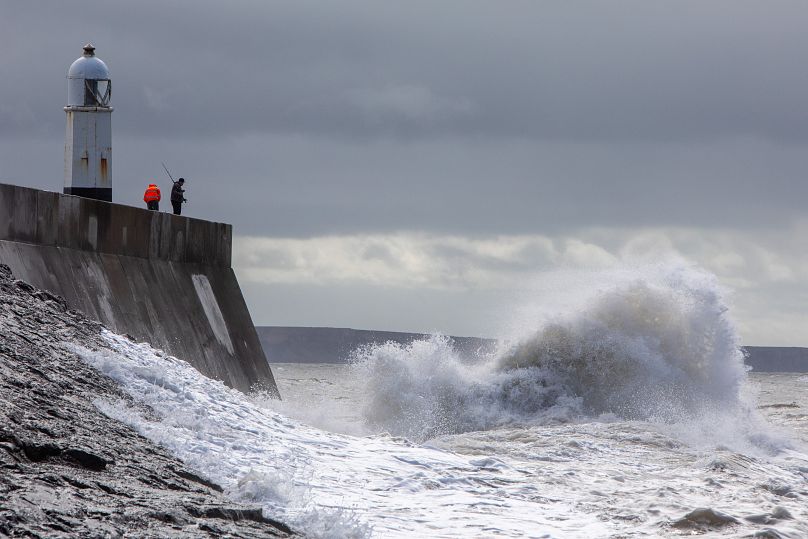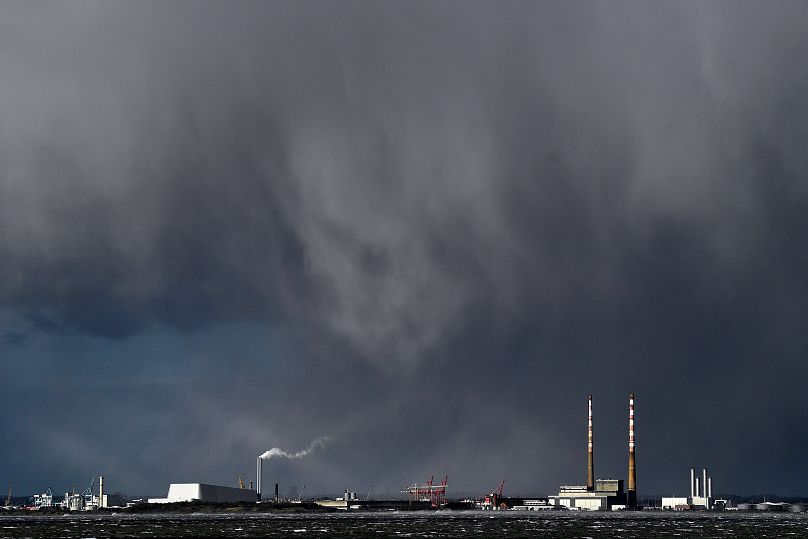The experts who protect us from extreme weather are honoured in this year's list of storm names.
Storm Ciarán is currently wreaking havoc across northern Europe. Read up on on how it is affecting travel.
But do you know why it's called Ciarán?
In September, the Met Office, Ireland’s Met Éirean and Royal Netherlands Meteorological Institute (KNMI) released their list of names for the 2023/24 storm season.
The agencies work together to compile the list before the start of the storm season, which runs from September to August.
This year, some of the names have been chosen in honour of real-life weather experts across the UK.
How are storm names usually chosen?
Storms are named alphabetically avoiding the letters Q, U, X, Y or Z to conform with international standards. These names come from the list published at the start of each season which usually alternates between male and female options.
This year, that pattern has been broken to accommodate some special inclusions.
The first two names on the alphabetic list are Agnes and Babet.
Who is Storm Ciaran named after?
The third storm of the season has been called Storm Ciarán.
It was picked as it was popular with the public - who can also submit names - but mainly in honour of Northern Ireland Department of Infrastructure worker Ciarán Fearon.
“In my role with the Department for Infrastructure, I work closely with local communities in Northern Ireland and multi-agency partners to help keep everyone as warned and informed as possible,” he says.
“We need to respect each weather event and this work, particularly during periods of severe weather and storms, helps to ensure that we are all as well prepared as possible to help reduce the impact of such events.”
Who will the next storm be named after?
The fourth on the list was chosen for Debi Garft, who recently retired as Senior Policy Officer in the Scottish Government Flooding Team. Regina Simmons, team leader for Warning and Informing at Natural Resources Wales’, also finds her first name in the list.
Irish meteorological service Met Éireann contributes to the list too, with names inspired by famous scientists. Jocelyn, for example, was added for famous physicist Dame Jocelyn Bell.
The last contributor to the list is the KNMI which often adds names of Dutch origin that are submitted by visitors to the weather forecaster throughout the year.
Why do we name storms?
Storms are named by the trio of organisations when they are deemed to have the potential to cause ‘medium’ or ‘high’ impacts in the UK, Ireland or the Netherlands. Wind is usually the primary concern but snow and rain can also influence the decision to name a storm.
“This is the ninth year of us naming storms and we do it because it works,” explains Met Office head of situational awareness Will Lang, who leads responses in times of severe weather.
“Naming storms helps to ease communication of severe weather and provides clarity when people could be impacted by the weather.”













